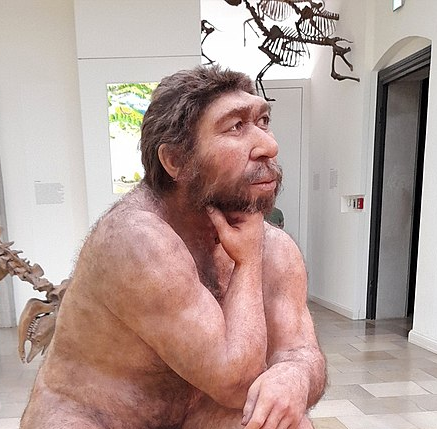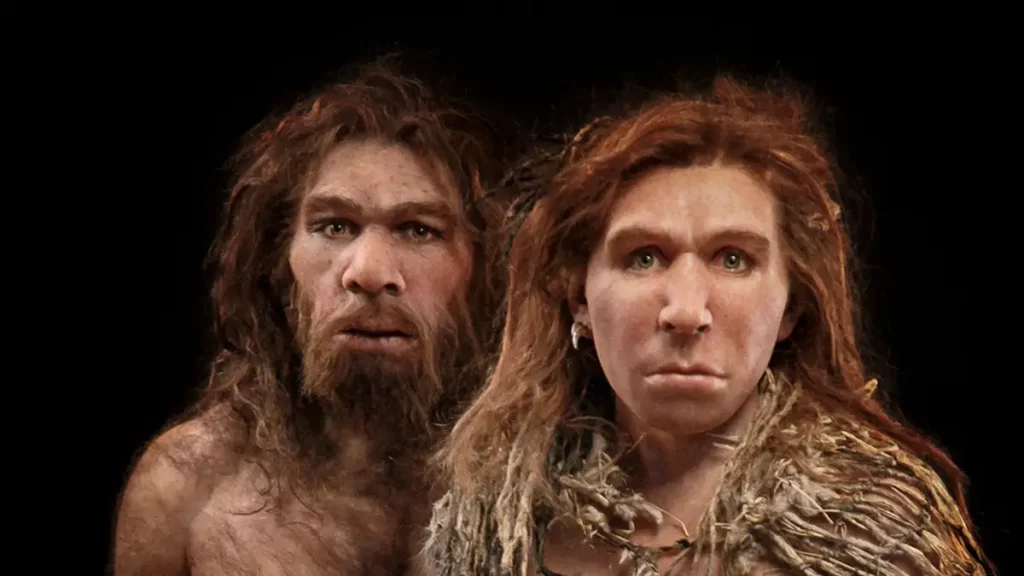In our quest to understand the past, recent research has revealed a fascinating and unexpected chapter in human history: the intimate encounters between Homo sapiens and Neanderthals. Contrary to prior assumptions, it appears that these two distinct species not only coexisted but also engaged in frequent interbreeding. This article delves into the evidence and implications of this intriguing discovery.
A Meeting of Species: Neanderthals & Homo Sapiens

When early Homo sapiens first arrived in Europe, they encountered Neanderthals, and it seems they quickly formed a peculiar connection. Recent studies not only confirm that interbreeding occurred but also suggest it was more common than previously believed. These findings provide valuable insights into how humans migrated from Africa.
Mystery Behind the Disappearance of Neanderthals

The disappearance of Neanderthals approximately 40,000 years ago has long been a mystery. Questions surrounding their extinction and the extent of genetic and cultural overlap with Homo sapiens remain unanswered. Compounding the challenge is the limitation of radiocarbon dating methods to artifacts less than 50,000 years old. However, recent research has started to fill these gaps, revealing a close connection between Homo sapiens and Neanderthals.
Discoveries in Bacho Kiro Cave
In April 2021, a research team made a significant discovery in Bacho Kiro Cave, Bulgaria. The excavations unearthed early human remains, including teeth and bone fragments, dating back 43,000 to 46,000 years using radiocarbon dating. Researchers also found stone tools characteristic of the Late Stone Age in the surrounding sediments. These findings suggest that these individuals were among the earliest modern humans in Europe, sharing genetic ties with contemporary humans in East Asia and the Americas, closer than later Eurasian populations.
Genetic Revelations

Genetic analysis of these ancient individuals revealed that they had Neanderthal ancestors only a few generations back. This finding strongly supports the idea that the interbreeding between early European Homo sapiens and Neanderthals was common, confirming that the first European modern humans mingled with Neanderthals.
Further Confirmations
Another study, conducted by evolution geneticist Kay Prüfer and colleagues at the Max Planck Institute for Evolutionary Anthropology in Jena, Germany, found Neanderthal DNA in the remains of a woman’s skull dated to the same era. This woman’s genome contained approximately 2-3% Neanderthal DNA, with longer segments than those found in other human samples. This suggests she was one of the earliest Homo sapiens to settle in Eurasia after leaving Africa, as subsequent generations had shorter Neanderthal DNA segments that diluted over time.
A Complex Portrait
Collectively, these studies paint a fascinating picture. While the individuals examined in both studies are not the sole examples of Neanderthal DNA in modern humans, they likely represent some of the earliest instances of interbreeding, possibly occurring nearly 60,000 years ago. Importantly, not all of these ancient individuals contributed significantly to the DNA of later generations.
Reevaluating Preconceptions
The woman with the examined skull, who lived approximately 40,000 years ago, did not pass on any Neanderthal DNA to her descendants. In contrast, the individuals from Bacho Kiro Cave were part of a newly discovered Homo sapiens population with strong genetic ties to modern humans in East Asia and the Americas.
Until recently, it was believed that African Homo sapiens lacked Neanderthal DNA in their genomes because Neanderthal DNA evolved outside of Africa. However, a 2020 study challenged this belief, providing evidence that all African Homo sapiens have traces of Neanderthal DNA. This finding reshapes our understanding of human migration patterns, suggesting that, instead of a single large migration from Africa, there were multiple instances of gene flow involving Neanderthal DNA.
Challenging Preconceptions
In summary, these diverse studies challenge the notion that anatomically modern humans simply replaced Neanderthals and other archaic human species without any significant interbreeding. While a significant portion of our genome still has African origins, ancient DNA transfers indicate that these interactions were more frequent and intricate than previously thought.



